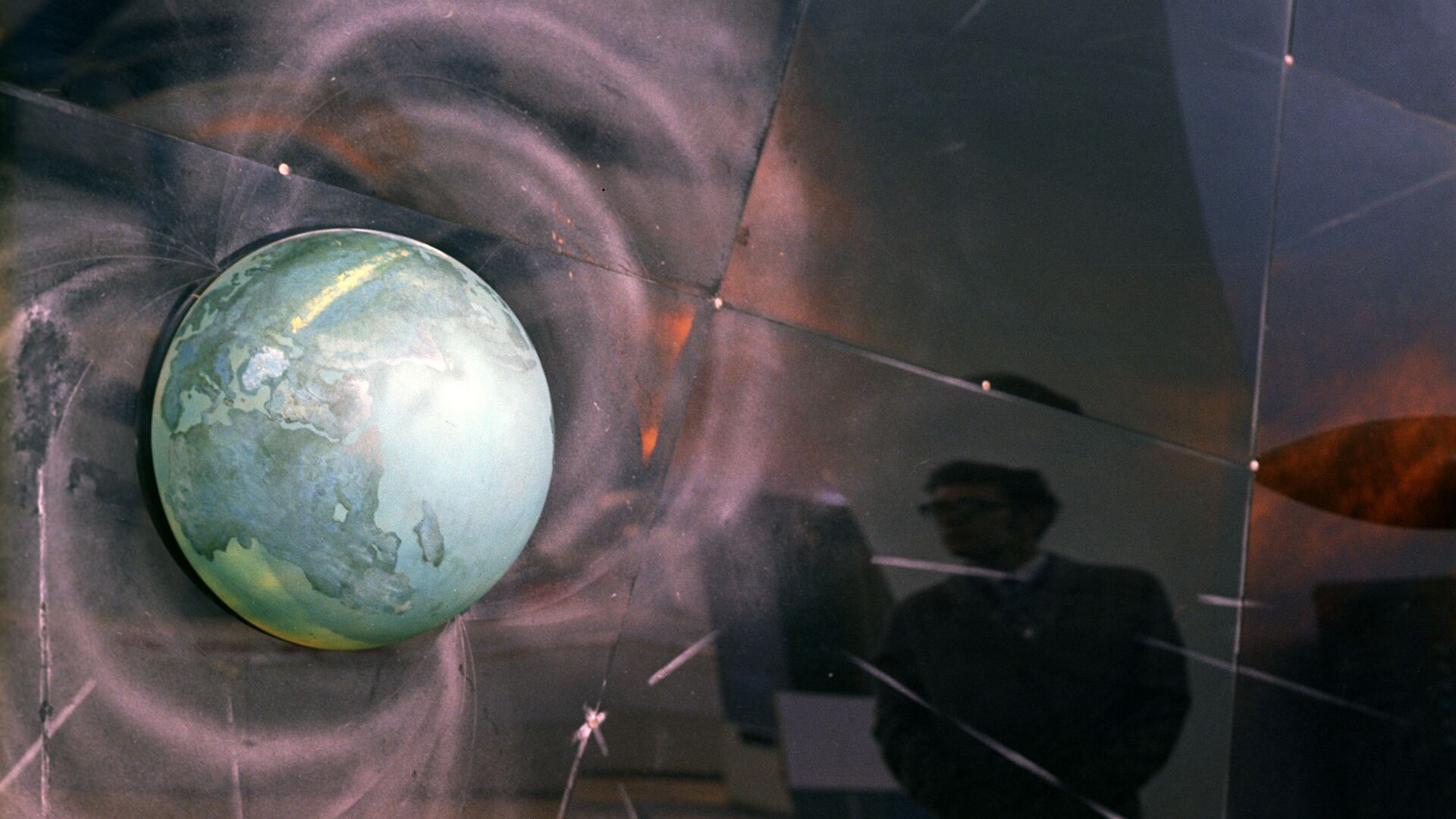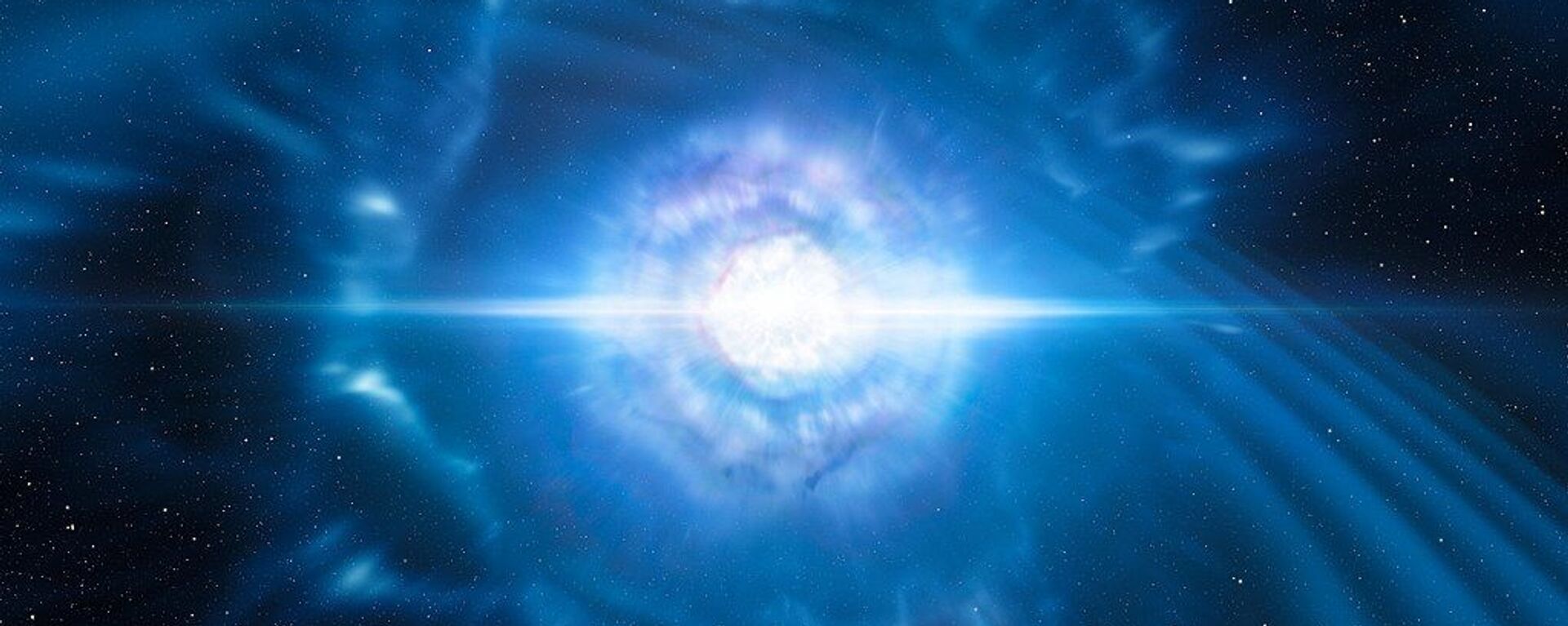Astronomers from the ARC Centre of Excellence for Gravitational Wave Discovery (OzGrav) and the Australian government agency CSIRO have recently taken note of bizarre short-lived processes associated with a newly discovered radio-loud magnetar, Swift J1818.0-1607 (J1818 for short) - a rare type of supergiant rotating neutron star.
The findings were published today in the Monthly Notices of the Royal Astronomical Society, or MNRAS.
They point to the fact that magnetars may have more complex magnetic fields than initially thought, which might potentially challenge theories of how they come into being and evolve over time.
When magnetar J1818 was first captured by telescopes in March 2020, it was found to emit a bright X-ray burst, closely followed by unique radio pulses very different from those originating from other radio-loud magnetars.
Curiously, the pulses coming from J1818, one of the strongest magnets in the universe, proved much brighter at low frequencies than high frequencies, similar to what is observed in pulsars, a slightly more common type of neutron star.
Over the course of the observations, researchers came to believe the magnetar was experiencing “a brief identity crisis”, according to phys.org: while in May it was still releasing the unusual pulsar-like pulses, two months later, it started flickering, reaching its peak in July. At the time, the astronomers witnessed it flickering back and forth between pulsar-like and magnetar-like radio pulses.
Separately, the scientists looked for pulse shape and shifts in brightness at different radio frequencies:
"From our observations, we found that the magnetic axis of J1818 isn't aligned with its rotation axis", said Lower.
"Instead, the radio-emitting magnetic pole appears to be in its southern hemisphere, located just below the equator”, he went on, saying that by contrast, most other magnetars have magnetic fields aligned with their spin axes.
“This is the first time we have definitively seen a magnetar with a misaligned magnetic pole", Lower explained.
The study cites evidence that the radio pulses from J1818 originate from loops of magnetic field lines connecting two closely placed poles, like those observed in a horseshoe magnet or sunspots on the Sun. The feature drastically differs from most other neutron stars, which typically have north and south poles on their opposite sides.


